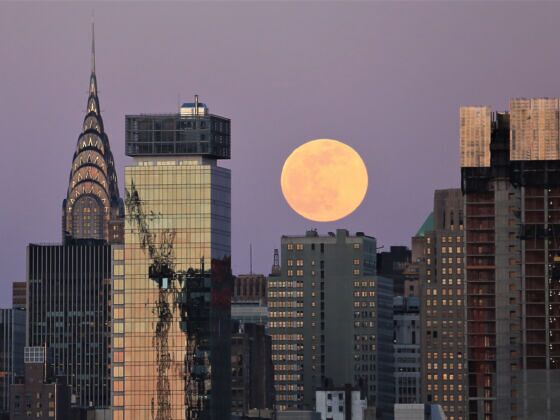The last supermoon of the year has already started, and since the next one isn’t coming until August 2023, you don’t want to miss it. The event began Wednesday but won’t be visible to the naked eye until 9:36 PM EDT on August 10 when it will appear opposite the sun in Earth-based longitude until Saturday morning, according to NASA.
A supermoon appears bigger and brighter because it’s within 90 percent of its closest point, or perigee, to Earth. A supermoon typically appears 17 percent bigger and 30 percent brighter than when the moon is farthest from Earth. There have been four supermoons this year — one in May, one in June, and one in July. However, the moons in June and July were closer and therefore bigger and brighter than tonight.
